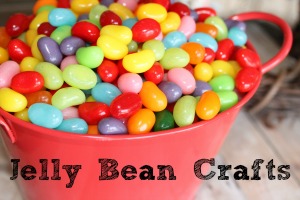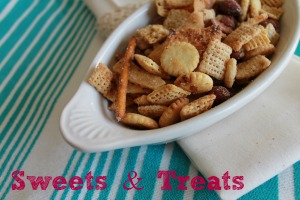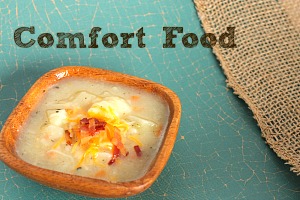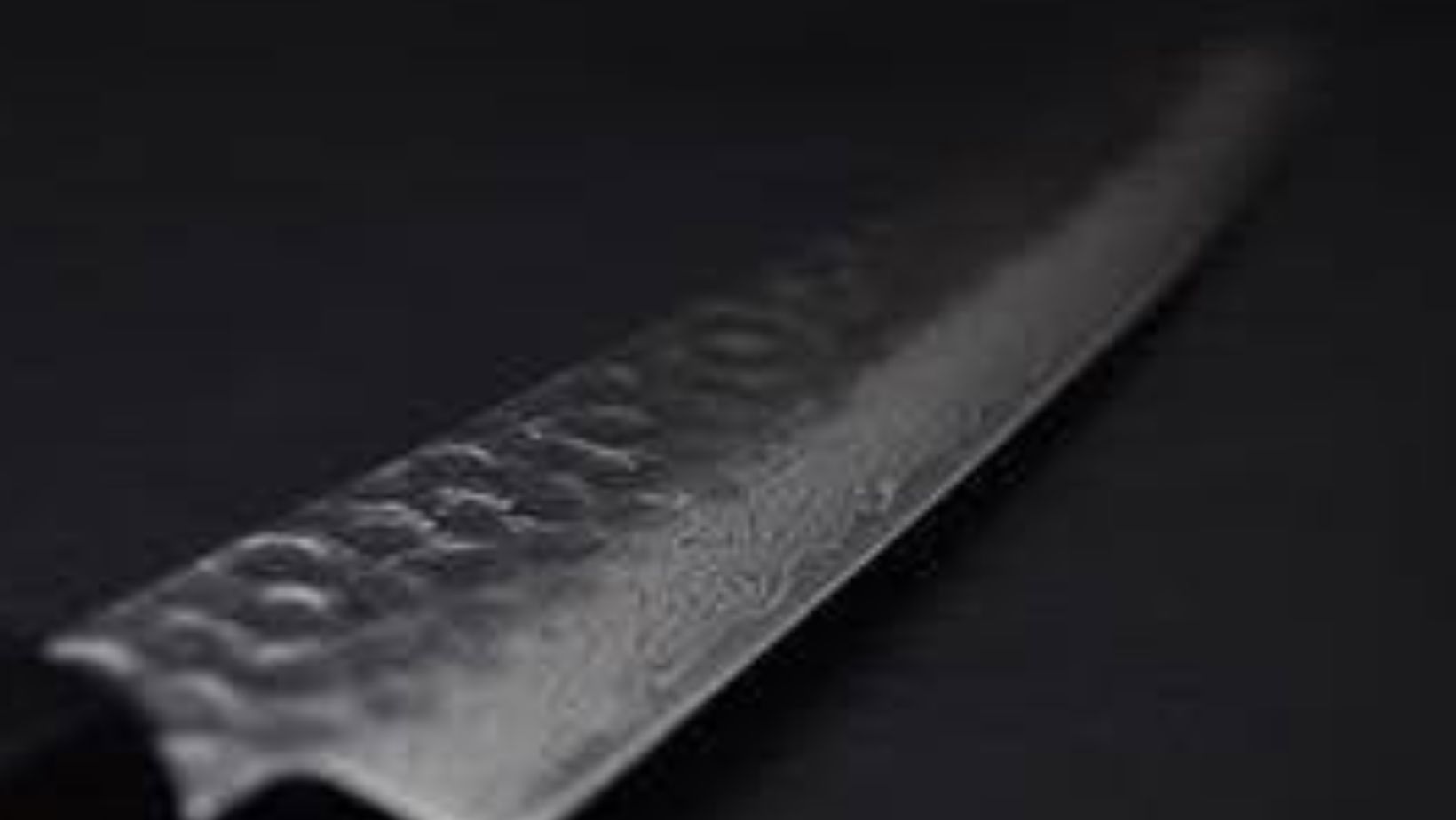
Nothing enhances your prep work like a specific yet versatile Japanese knife when it comes to learning to cook. Japanese knives have a long history of craft; they are not created equal. Each shape or profile was designed for a specific task, whether that be carving meat cleanly from the bone, cutting delicate fish with precision, or expertly preparing vegetables.
A journey into the realm of Japanese knives begins with a more well-rounded understanding of how those blades function for their specific use. Let’s take a look at four Japanese knives: the Usuba knife, the Deba knife, the Sujihiki knife, and the Kiritsuke knife, to help you identify which blade will best suit your cooking style.
Usuba: The Vegetable Whisperer
The Usuba is a single-beveled Japanese knife used by Japanese chefs for vegetable work. “Usuba” literally means “thin blade,” and that design is intentional. The Usuba has a flat edge and is tall from spine to edge, so it allows you to make straight and accurate cuts without the risk of rocking, which is excellent for katsuramuki (rotary peeling) and fine julienne work.
Best for:
- Cleanly slicing dense root vegetables like daikon or carrot
- Making paper-thin sheets of cucumber or radish
- Making decorative garnishes and elaborate vegetable art
Shape & Feel:
Typically, the Usuba is used in the Kanto and has a square tip with a balanced feel. Its single bevel (usually right-handed) creates surgical precision, but requires skill and carefulness when maintaining the sharpness of the edge.
Who it’s for:
If your cooking style relies on vegetables in importance, especially for traditional Japanese or vegetarian cuisines, the Usuba can be your daily drive knife. But it requires the use of an experienced cook who possesses an understanding of single bevel edges and the particular requirements for maintaining them.
Deba: The Workhorse for Fish and Bone
Heavy and hearty, the Deba is often the first chop in fish preparation for Japanese cooking. A hefty blade, the Deba is not meant for bone-crunching. However, it is intended to smoothly and precisely cut through the head and spine of fish and fillets.
Most At:
Breaking down a whole fish with ease.
Cutting through poultry joints.
Trimming meat very close to the bone.
Shape & Feel:
The Deba is thick with a defined taper. The Deba balances heft with edge retention. Being a single bevel blade (typically, a shorter, more compact body) means it will provide clean, decisive cuts.
Who Is It For:
Mainly for people who prepare whole fish or small poultry for their home, the Deba takes the place of a Western-style cleaver or Japanese butcher knife—particularly favored by fish lovers and those who enjoy butchery.
Sujihiki: The Seamless Slicer
The Sujihiki is the double-bevel version of the traditional Yanagiba. This knife has a long, thin blade that is designed to make clean, beautiful cuts through protein. It is perfect for drawing cuts, where the knife is smoothly and cleanly pulled through the food, without pressing.
Best For:
- Slicing roasted meat or raw fish with long, clean strokes
- Carving brisket, prime rib, or duck breast
- Slicing terrines, cured meats, or roulades precisely
Shape & Feel:
The Sujihiki is long and skinny, causing less friction and allowing the food to maintain its structure, too. It causes less damage to the cellular structure of the delicate protein, which makes it more versatile and valuable in a presentation context. The edge of the blade doesn’t move saw-lik,e and allows your slices to stay intact and beautiful.
Who It’s For:
If you care about presentation or often serve dishes like sashimi, roast beef, or charcuterie, then the Sujihiki would be a great knife to have. If slicing cooked (or raw) meat is a central part of your cooking, then the Sujihiki would be beneficial to your routine.
Kiritsuke: The Hybrid of Tradition and Versatility
The Kiritsuke is an acknowledged benchmark for mastery in Japanese cuisine. Traditionally it has been used for an executive chef to use in a Japanese kitchen, the Kiritsuke combines the characteristics of the Usuba with the Yanagiba to create the dramatic presentation of a sword.
Best For:
All kinds of prep work from vegetables to seafood
Studying precise angles for cuts in presentation dishes
Making swift, elegant cutting and drawing cuts
Shape & Feel:
The Kiritsukes angled, how one might call, “reverse tanto” tip, and long flat blade, wouldn’t cover itself in shame while being assessed for being stunning and precise. Most modern versions, however, are produced in double-bevel styles, making them especially easy and friendly for home cooks to use.
Who It’s For:
The Kiritsuke is for the cook who seeks a precise and versatile Japanese knife to bridge the gap between vegetable work and protein work. While it may not substitute a stand alone Usuba or Sujihiki when it comes to their specialties, the Kiritsuke is an effective intermediary knife with a touch of prestige.
Choosing the Right Blade for Your Kitchen
Choosing the appropriate Japanese blade hinges on an important starting question: what type of cooking do you do most?
Vegetable-centric cooking at home? Use the Usuba for that precise vegetable prep, or if you plan on doing push-cutting, use a flat-edged blade.
Do you prep fish or poultry? Your ally is the Deba blade or the Japanese boning blade.
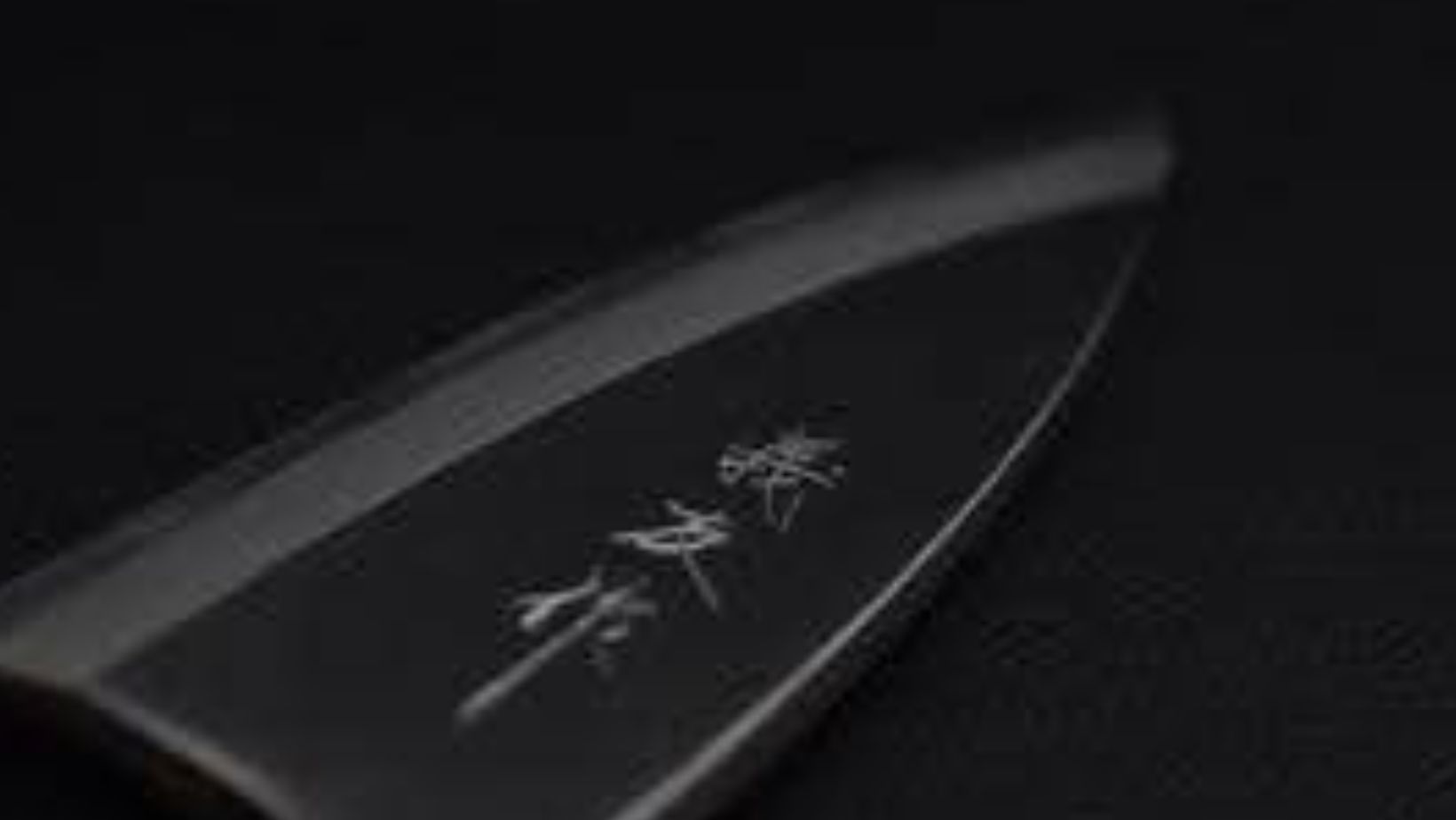
If you are looking for precise slicing of protein, the Sujihiki is going to give a clean and elegant finish.
Looking for overall elegance that can also be very versatile? The Kiritsuke has multi-functional advantages with style.
Every precision and versatile Japanese blade is a product of centuries of craftsmanship. If the shape of the blade aligns with your cooking style, it means that every chop, slice, and draw cut will be done with purpose, and then satisfaction.
Craftsmanship Meets Purpose at Stay Sharp
When you invest in a Japanese knife, you’re investing yourself in a heritage of precision and discovery in gastronomy and craft. Each blade has purpose built-in, whether that is the angled beauty of the Kiritsuke, the brute strength of a Deba, the almost paper-thin creation of a Sujihiki, or the vegetable expertise of the Usuba. Knives like these are not just tools that exist in the kitchen they are an extension of the hands and vision of the cook.
The blades are made using centuries of experience and expertise, crafted to fit modern values – Japanese blades allows cooks or those with an interest in culinary art the ability to cut accurately, safely, and comfortably, for the enjoyment of cooking at home. Picking the right form is simply a means of aligning your tools with your cooking, allowing for every cut to feel purposeful and satisfying.
Final Words
Japanese knife shapes are more than just aesthetics– they’re useful and functional shapes that come from a culture that really appreciates precision and commitment in the kitchen. Whether you’re preparing delicate garnishes, processing a fresh catch, or creating perfectly cut presentation slices, there is a blade that matches your intended engineering. Being familiar with the knife features will allow you to choose one that helps you perform, and ultimately improve, your skills while you cook. When you have the right knife in your hand, even the most mundane of preparations can feel like art.










